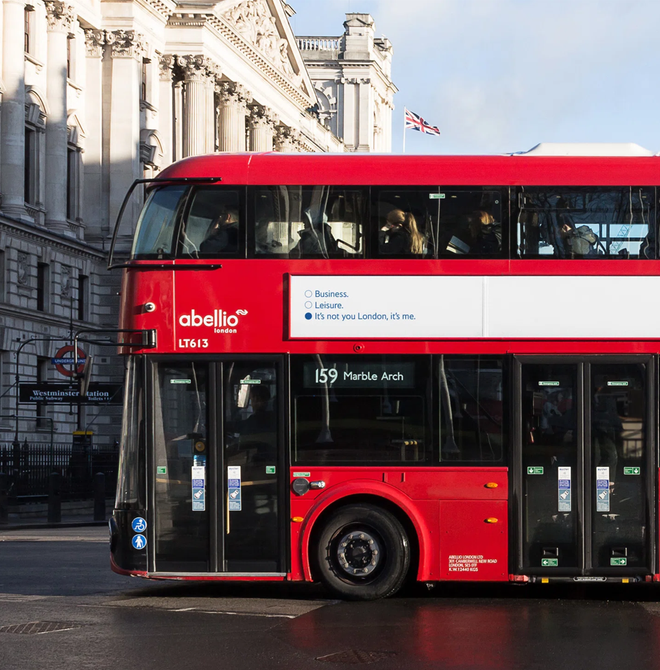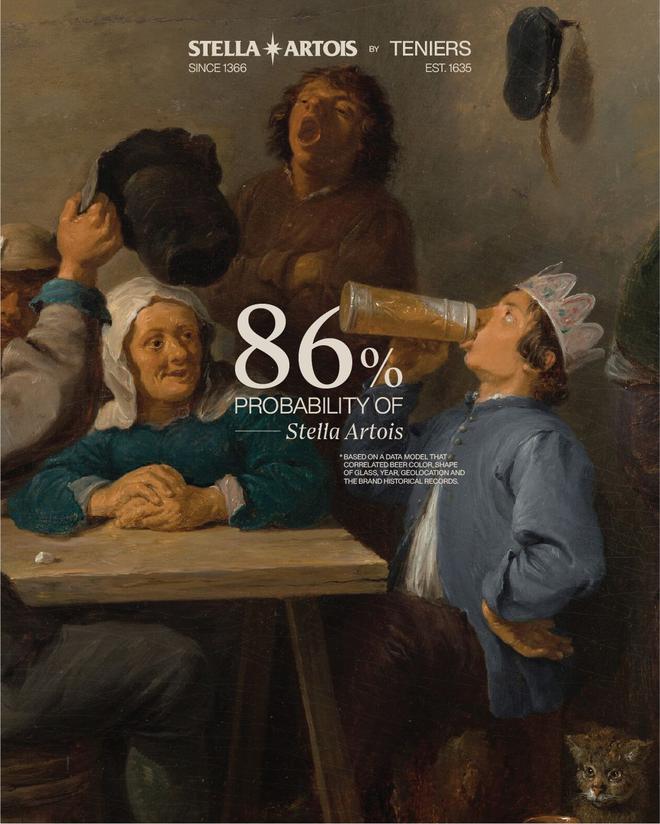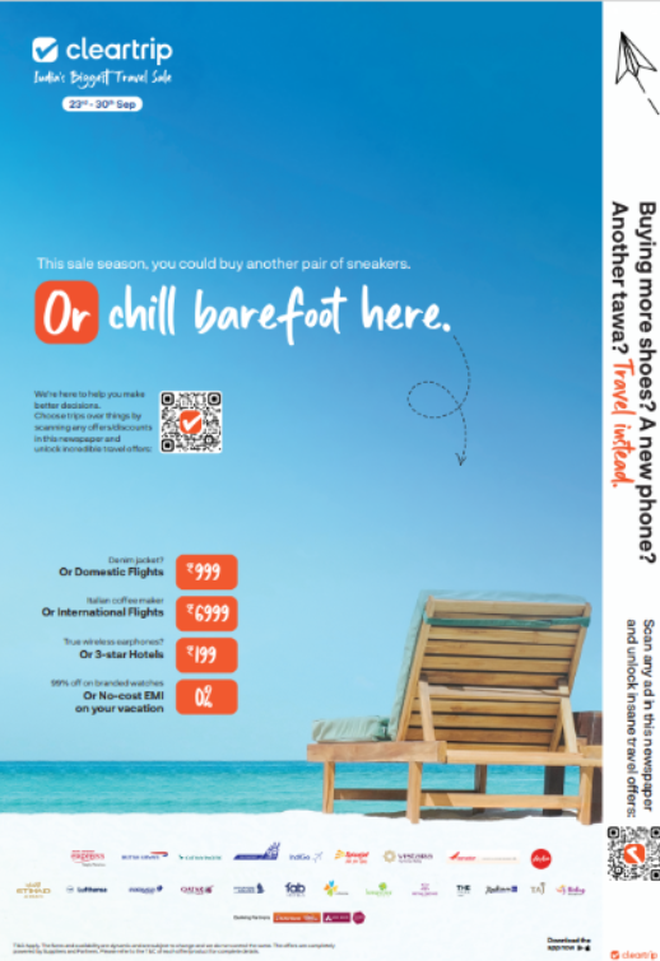“If you wake early enough, you might be able to catch Michelangelo’s David before you leave,” says Darryl, who’s in charge of Ostello Bello, a hostel I’m staying at in Florence.
I doubt it, Darryl. I leave for home in a few hours, and there are enough David replicas all around this lovely city. Plus, Cannes Lions this year has been all about the Davids. The independent creative agencies. Not that the networks didn’t perform well — in fact, India’s highest tally and our only Grand Prix came from network agencies. It’s just that independents did unexpectedly and exceedingly better than they used to.

Take GUT for example, an indie shop from the Americas that bagged ‘Agency of the Year’, ‘Independent of the Year’ and ‘Independent Network of the Year’. Or Uncommon.London, which won the most memorable Outdoor Grand Prix we’ve seen in a while for their work on British Airways. Or Talented, our one-year-old Indian indie which won three Lions in its debut year for Swiggy and Cleartrip, ranking as the only independent in India’s top tally — something we haven’t seen since Taproot’s debut year in the early 2010s.

Each of these indies was founded by teams who quit their high-ceiling network jobs to start from scratch, simply because the fire in their belly trumped the lump in their throat. Each founding team had made their mark at Cannes Lions way before they started their current shops: Anselmo Ramos from GUT was already renowned for his work on Burger King for years, Uncommon’s Nils Leonard and team had won big for work such as Life Paint for Volvo, and the founding team of Talented were the creators (when with Dentsu Webchutney) of last year’s biggest winner The Unfiltered History Tour — now India’s most awarded work at the Lions, ever.
Yet, I’m sure for each of these indies, Cannes 2023 meant something more. It proved their crazy hypothesis right: that glory at Cannes Lions has less to do with their agencies, and more to do with the work itself.
No creative vs business separation
Take a look at the winning work this year, and you’ll notice a pattern of network agencies drifting towards more cause-related work than independents. I have nothing against that. The Unfiltered History Tour, in theory, was as ‘cause-related’ as it gets. One could argue that Ogilvy’s excellent work for Mondelez during Diwali season year-on-year is also ‘cause’ related. The difference is, these pieces were already enormously popular before awards season. Neither of them subscribed to the ‘church and state’-esque separation between award work and biz work — a style of thinking that is reflected in one too many pieces from the biggest legacy shops globally.
The indies went in a different direction. GUT’s biggest winner was an exercise in reaffirming pilsner beer Stella Artois’ 700-year-old brand legacy. The ‘Artois Probability’ dissected hundreds of Renaissance artworks, which showed people drinking beer, analysed the colour/ texture of the beverage in each painting to arrive at a probability score of whether they were drinking Stella Artois.

Talented’s work for Cleartrip helped them poach customers from e-commerce. The ‘Or Travel or Cleartrip’ sale was an AR-powered print ad during the festive season. Through this, users could scan any e-comm offer in the newspaper and get a travel deal for the same price instead, helping them pick ‘trips’ over ‘things’. Even some Indian indies whose work unfortunately didn’t make it to a Lion solved hardcore business problems while being incredibly creative.

I wouldn’t dissect this if it didn’t reveal something larger — that the causevertising dopamine hit cannot become a painkiller to numb oneself while doing mediocre business-focused creative work for the rest of the year. To be even clearer, this is not just a creative person’s problem. It’s harder for people who want to sell creativity to emerge as power centres in agencies that are structured and priced for other services, such as timelines, global access, and IP’ed tools.
Fire in the belly
So, what’s triggering this indie resurgence? First off, it’s because starting up in advertising is not as capital intensive as many other industries. All you need is a stellar founding team that’s very ticked off about specific aspects of the biz. And there’s a lot to be ticked off about: from advertising’s legacy pay structure and lack of equity, to wasteful hierarchies, lack of a feminist approach to work, burnout... the list goes on.
Each independent has gone about solving issues that bothered them in their own way. Uncommon.London has a cheeky little policy called ‘Faff tax’, where clients are expected to pay an extra ‘tax’ for faffing for months on end without actually releasing work. At Talented, our approach meant being significantly employee-owned, having a ‘no follow-ups’ policy, and pricing ourselves only basis creative work, among others. Our bet was that the benefits of good internal policies will trickle down to our client partners, and eventually, the work itself.

At the heart of it, every independent agency is a response to our business’ problems. This isn’t a bug, it’s a feature. It’s how advertising breeds innovation at its purest level. It’s why we’re seeing more independents at the biggest stages, inside the most consequential meetings, and receiving the most impactful mandates.
Yes, it’s an exciting time to be in advertising. It’s an even more exciting time to be independent in advertising. Fire in the belly > lump in the throat. David would be proud.
The writer is co-founder of Talented Agency.







